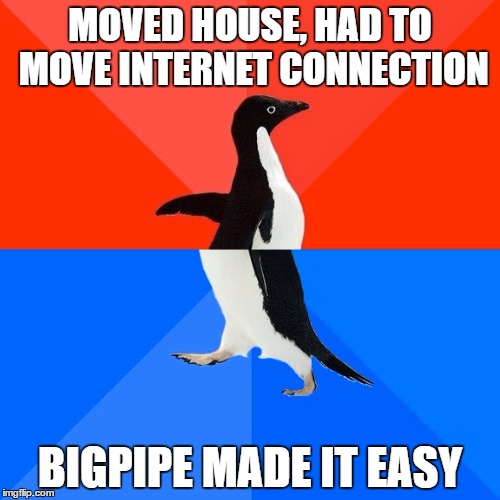Move house or change broadband plan – nice ‘n easy with Bigpipe!
Good news everyone!
The Bigpipe Code-Elves have been busy, slaving away in their dank sub-basement coming up with fantastically useful improvements for all you wonderful Bigpipe customers. Spare a thought for them; dab their sweating brows with a metaphorical moist towelette, as we reveal…
Moving house & changing plans made easy!
People love to move house and/or change their Bigpipe plan. We know this because our customers tell us when they do. In the past, it’s not been the easiest thing in the world, and that’s no good. When you’re moving house, the last thing you need is the hassle of figuring out your broadband connection.
So we’ve made it nice and easy and super-quick for you. Here’s how to do it!
If you log into your Bigpipe account dashboard, you’ll now see this spiffy-looking widget (without all the red bits, obvs, that’s us)
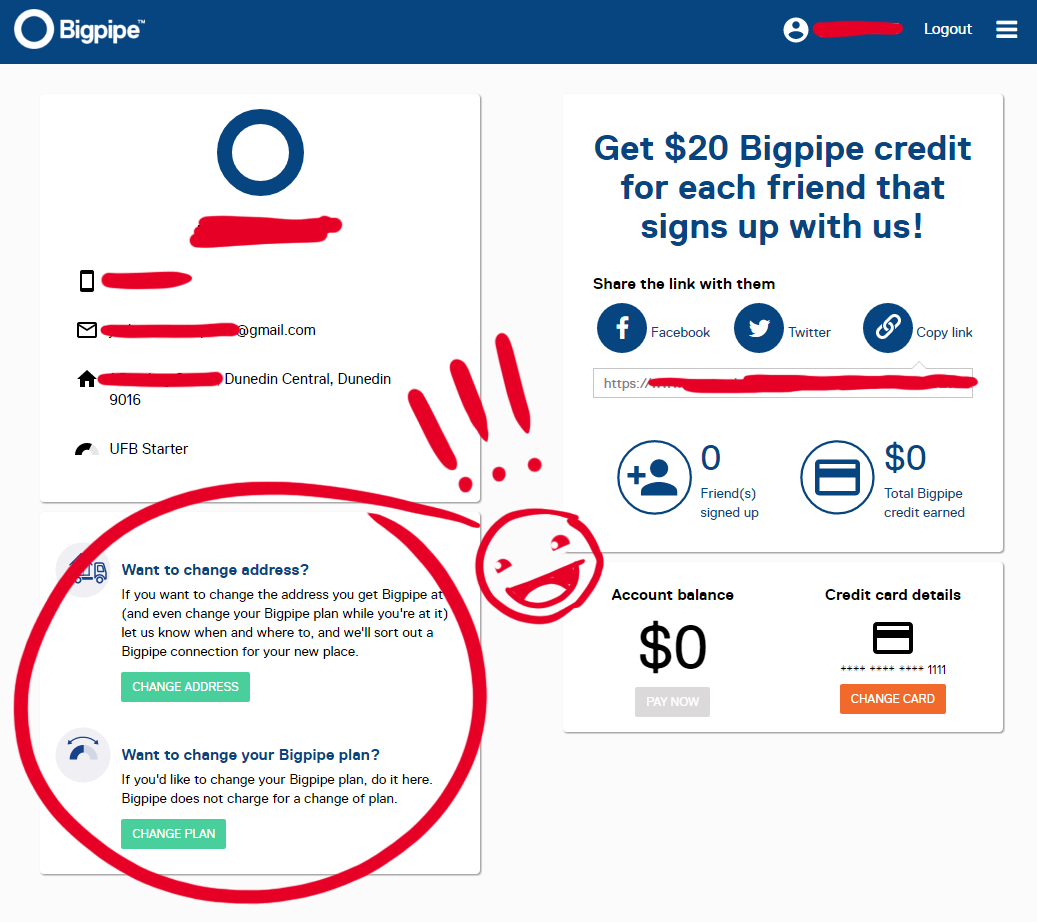
Aw yeah, look at that! All you gotta do, if you want to change address (or change your Bigpipe plan at your current address) is click one of those handy green buttons.
Changing plan
Changing plan is as easy as clicking “CHANGE PLAN” and selecting from the available plans at your address. We recommend giving this a go, right now, to see what plans are available at your place – we find a lot of people have a fibre upgrade available, and don’t even know it! Have a crack, because changing Bigpipe plans is free, and you might be able to get a vastly better fibre connection for the same price as our Fast plan – only $79 a month.
Changing address
Just fill out the address where you’ll be moving to (you’ll have to pick an address from the list of options that appears when you start typing), and whether you’ve already shifted. Or you can add a preferred connection date.

Now you’ll get to select the Bigpipe plan for your new address. Your current plan will be highlighted. Any Bigpipe plans not available at your new address will be greyed out. In this example, all our plans are available at the new address! Sweet!
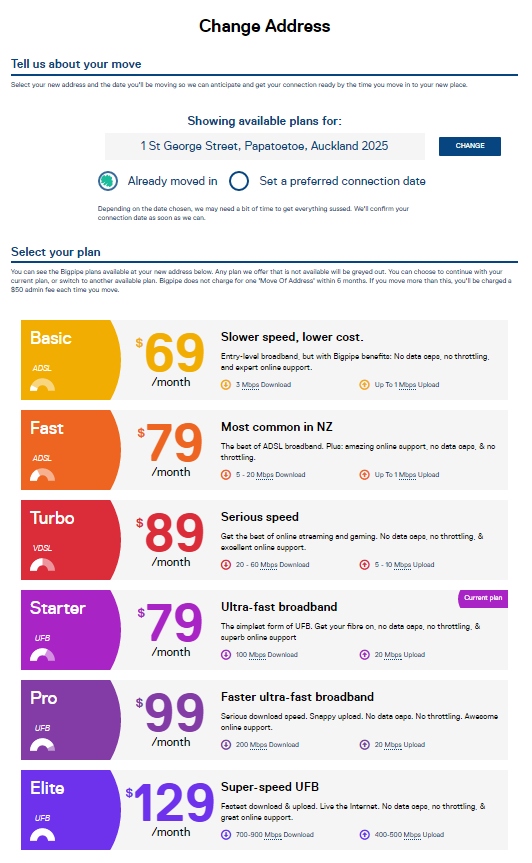
Let’s select the fastest plan we’ve got, Bigpipe’s Elite.
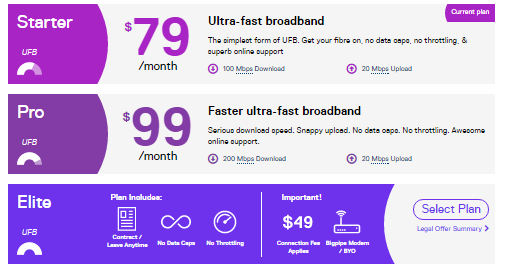
It’ll ask you to confirm the details you’ve entered (make sure they’re all correct!)

Once you’ve clicked the green CONFIRM button, you’ll see the below screen:
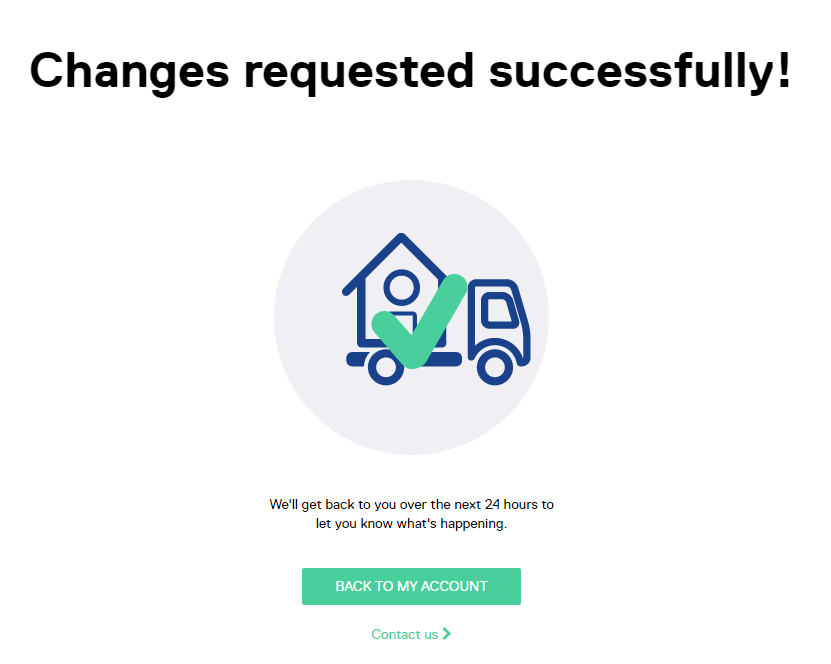
And if you check back at the Bigpipe dashboard, you’ll see that your move of address is being processed!
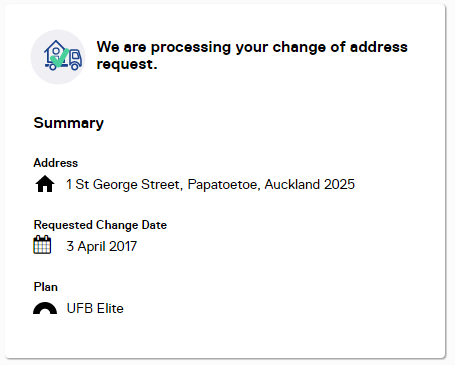
And that’s it! Next time you’re moving house, or if you want to try a different Bigpipe plan, do it the easy way – just log in and choose your new plan or move.
